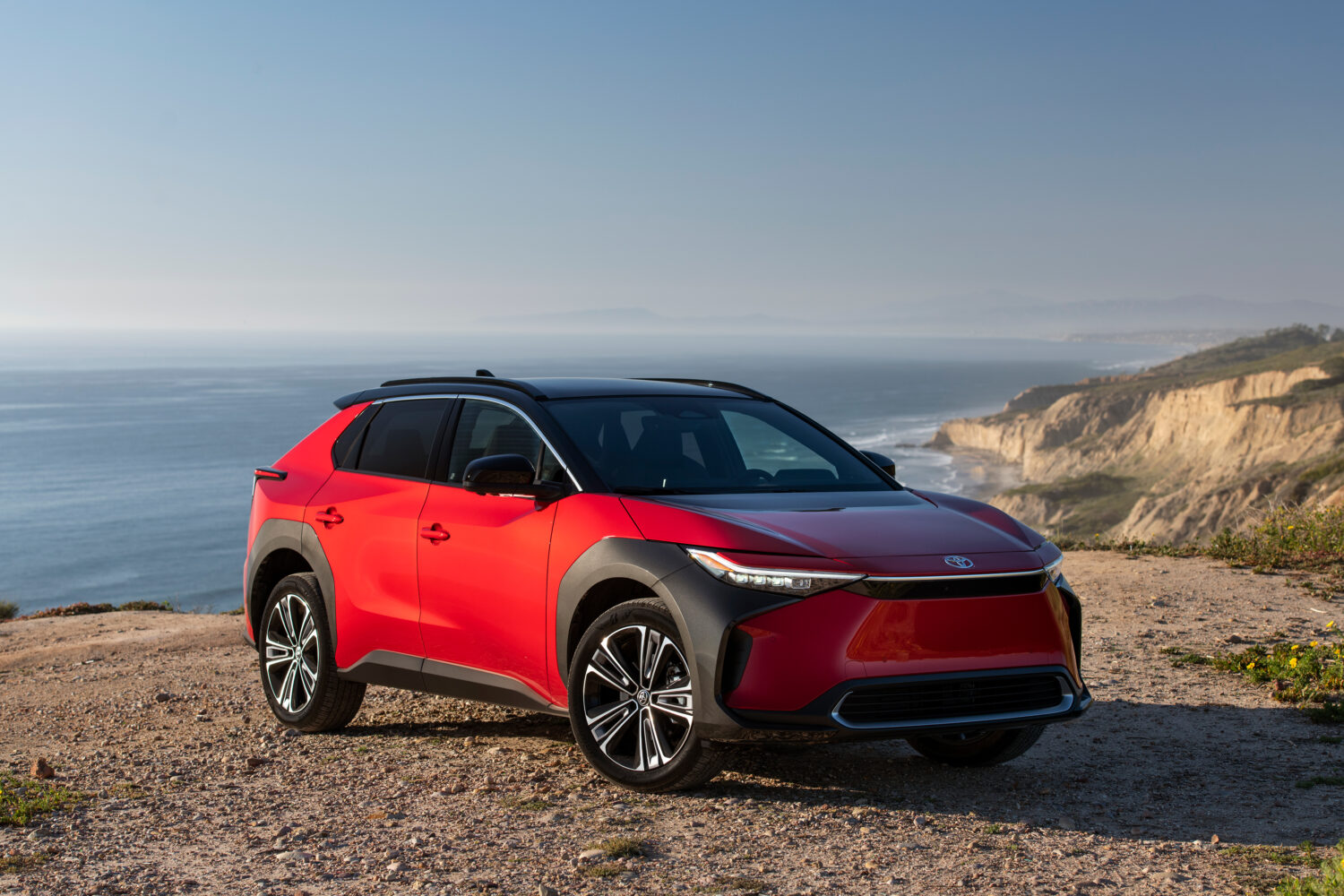
Price: $44,465- $48,575
7.3 /10
Rating
Pros
- Spacious, practical interior design
- Comprehensive safety tech standard
- Improved maximum driving range
Cons
- Slower charging than competitors
- Outdated infotainment system tech
- Higher price versus rivals
Overview: 2024 Toyota bZ4X
Sneaking into Toyota’s first mass-market EV feels like attending a party where the host forgot the music. Co-developed with Subaru (it’s basically a Solterra with a Toyota badge), the 2024 model improved its limited range—now closer to 250 miles. But don’t sink your hopes into charging speeds; it’s still slower than a Hyundai Ioniq 5 on a coffee break. The aesthetic? Subjective, but that name sounds like a fax machine model, and the design is… let’s call it a tentative effort.
Inside, it’s spacious enough to make a RAV4 jealous, with practical storage and standard driver-assistance tech. But the blind spots? Oh, they’re mighty—like trying to parallel park using a periscope. The XLE trim adds a power-adjustable seat and dual-voltage cable, but Toyota still lags in infotainment function; the display feels like it’s stuck in 2015. At least the comprehensive safety features work well, even if the system nags you like an overprotective parent.
Priced higher than comparable EVs, it’s a tough sell unless you’re loyal to the brand. The dual-motor version offers decent performance for a two-row SUV, but the battery technology feels slightly dated in an age where companies like Hyundai sprint ahead. If you’re okay with average range and love Toyota’s dedicated EV platform, maybe wait for a lease deal. Otherwise, the market’s packed with stylish alternatives that don’t face an identity crisis or the mother of all blind spots.
What's New in the 2024 Toyota bZ4X?
Finally, Toyota remembered EVs exist. The 2024 updates are mostly minor tweaks, but hey—they’re trying. The XLE and Limited trims now shove all-wheel-drive into the standard menu, which is nice if you enjoy not spinning out in cold weather. They’ve also revised the fast-charging system to hit 150 kW at DC stations (up from last year’s snail-like 100 kW). Too bad the battery-temperature management still feels like a first-generation science project when rivals have it nailed. Oh, and the 120-volt cable they include? Cute. You’ll still need to buy a 240-volt source unless you enjoy charging slower than a dial-up modem.
Inside, the driver’s display now shows charging info without making you dig through menus—progress! The infotainment screen is less laggy, but Toyota’s tech still won’t scare Tesla. New standard features like a power liftgate and heated seats are welcome, though the automated parking system in the Limited trim is about as useful as a screen door on a submarine. At least they tossed in free EVgo charging credits—small wins for a first-gen EV that’s still playing catch-up.
Competitors to consider
Looking past Toyota’s bZ4X? Don’t hesitate to eyeball the Kia EV6 and Hyundai Ioniq 5—both pack more power and range for similar price. The Volkswagen ID.4 feels less jittery on driving dynamics, while the Ford Mustang Mach-E slaps on sporty vibes (if you ignore its short rear seats). For all-electric SUVs with top tech, the Tesla Model Y still dominates, though its starting price climbs higher. If range anxiety haunts your commutes, the plug-in RAV4 Prime hybrid remains Toyota’s smarter alternative—shame the bZ4X’s modest 252-mile max and lack of one-pedal driving hold it back. Yeah, rivals aren’t perfect (cough ID.4’s laggy menus), but at least they don’t make you unsure why you skipped a hybrid.
Pricing, Trim Levels, and Best Choice
Let’s talk cash: the 2024 model starts at $44,465 for the XLE trim, which includes heated seats, a panoramic glass roof, and Toyota’s Safety Sense suite (adaptive cruise control and lane-keeping assist are standard now). Bump up to the Limited ($48,575) for ventilated seats, 20-inch wheels, and a multi-view camera that’s almost as useful as it is overpriced. Want all-wheel drive? Add $2,080 for the dual-motor setup—good for winter traction but preserving battery range like it’s a fragile heirloom.
Honestly, the XLE is the best choice unless you crave faux-leather Softex upholstery or blind-spot monitoring (which should’ve been standard). Skip the automated parking assist—it’s a glorified party trick. For $44K, you get dual-zone climate control, Apple CarPlay, and enough cross-traffic alert to avoid parking lot drama. But spending extra for niceties like rear heated seats? Hard pass. Toyota’s powertrain options are fine, but rivals offer more powerful tech for the price. At least the heated steering wheel works—small mercies.
EV Motor, Powertrain, and Driving Dynamics
The bZ4X’s 215 horsepower single-motor setup hits 60 mph in 6.4 seconds—perky acceleration for school runs, but don’t expect Tesla Model Y-level face-melting. The dual-motor version adds aggressive grip, though its 320 hp feels more consistent than energetic. Steering is well-weighted and responsive, but the soft suspension turns bumpy roads into a lurching mess. At 2.5 tonnes, it handles cross-winds like a sailboat, though 3.3 miles per kWh efficiency (thanks to the 71.4 kWh battery) beats most gas-powered crossovers. Just don’t ask it to slow down mid-twisty road—brakes lack stopping power.
Toyota claims rugged design for light off-road use, but deep water crossings? Stick to the Land Rover Defender. The dual-motor’s torque manages steady descents, yet test track laps reveal inconsistent dynamic flair next to the Ford Mustang Mach-E or Hyundai Ioniq 5. The 500mm brake rotor upgrade helps, but pump-driving this crossover feels like piloting a sturdy toaster—safe, not sporty. And that gauge cluster? Still misaligned with the innovative vibe of electric SUVs.
Daily test drive impressions? Highway speeds highlight firm ride comfort and handling that’s agile enough for MPG-obsessed commuters. The accelerator’s precise but lacks high-performance urgency. Stopping power is effective, though rhythmic pedal feedback feels odd. For a dependable electric crossover mirroring the Toyota RAV4’s reliable rep, it’s robust. Just don’t drag race it—or pretend it’s expert-level off-road.
Range, Battery Life, Charging and Efficiency
Toyota’s 71.4kWh battery claims up to 252 miles in the single-motor trim—until you hit the highway, where efficiency crumbles faster than a cookie in a toddler’s fist. My test runs averaged 242 miles in mixed driving, but floor the accelerator and watch that range drop to a 160-mile panic attack. The dual-motor AWD version? It’s like trading 28% of your capacity for the privilege of spinning both wheels. At least the regenerative braking isn’t totally useless, though it lacks the aggressive one-pedal mode rivals flaunt.
Charging? The upgraded 150-kW fast-charger now gulps to 80% in 28 minutes—if you find a 350-kW station (good luck). At home, the 6.6kW Level 2 charger crawls slower than a Nissan Leaf on a hill. Public EVgo credits sweeten the deal, but competitors like the VW ID4 and Kia EV6 offer rapid ultra-fast rates without the drama. Toyota’s battery management is commendable in cold weather, but let’s not pretend this EV’s charging game is anything but mid.
Premium Interior and Comfort
The spacious interior feels airy, and the heated/ventilated seats in the Limited trim almost justify its $51,000 MSRP—until you touch the hard plastics on the dashboard. Sure, the digital gauge cluster is easy to read, but the climate controls buried in menus? Good luck adjusting them mid-breeze without veering into a roadside ditch. At least the wireless charging pad works, unlike the flimsy door handles that rattle like a maraca band.
Comfort-wise, the soft padding on the steering wheel and front seats is nicely supportive, but the rear bench is about as comfortable as a park picnic table. Adult passengers get decent legroom, though the cargo space (27 cubic feet) feels shy next to the Hyundai Ioniq 5’s practical storage chops. And those loud beeps from the safety system? They’re more overboard than a helicopter parent at a playground.
Quiet? Mostly—until wind noise at highway speeds drowns out podcasts. The user-friendly interface and responsive buttons save the day, but the glove box is narrowly useless for anything bigger than a smartphone. Toyota’s premium claims? More like a Corolla in a tuxedo. At least the ventilated seats cool your backside while you mourn the lack of innovation.
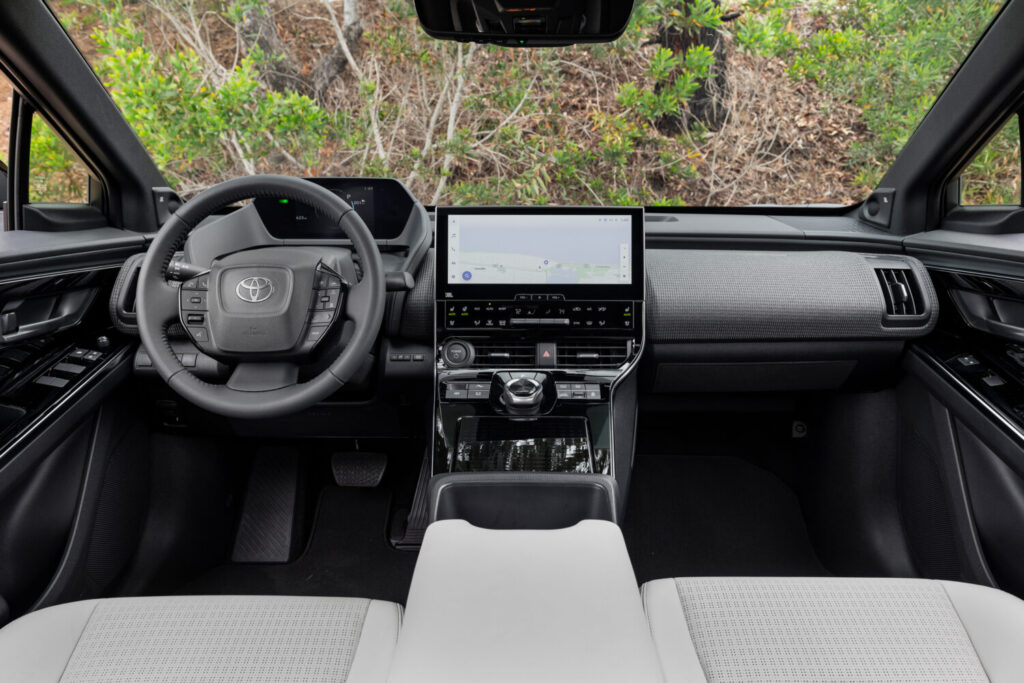
Cargo Space and Practicality
Toyota’s bZ4X offers 25.8 cubic feet of trunk space—enough for a weekend load but laughably short next to the Tesla Model Y’s spacious cargo cave. Fold the rear seats, and you’ll get a decently practical floor for large items, though the roofline forces a limbo contest with taller boxes. The door bins and center console stash phones, bottles, and USB cords without drama, but the chunky shifter awkwardly blocks the wireless charging pad. At least the underfloor storage hides valuables from prying eyes—if you enjoy playing Tetris with your groceries.
Inside, the cabin feels airy but lacks clever touches like the Ford Mustang Mach-E’s front trunk. The dashboard’s open shelf is useful for sunglasses, while the deep center console swallows a JBL speaker—or your dignity, depending on the day. Rear legroom is generous, but the privacy shelf above the trunk feels like an afterthought designed by someone who’s never hauled a child’s bike.
Practicality? The bZ4X hasn’t been inspired by its rivals—see the annoyingly low load height and missing adjustable seat anchors. But hey, the door pockets fit water bottles, and the roof doesn’t rattle. Small wins for a crossover that follows Toyota’s safety-first mantra but forgets innovation exists.
Infotainment, Connectivity, and Smart Tech
Toyota’s 12.3-inch screen looks almost modern, but using it feels like negotiating with a toddler—responsive one second, fiddly the next. The wireless smartphone charging pad works… when it feels like it, and the six-speaker audio sounds like a kazoo band compared to the nine-speaker JBL stereo (still mediocre for a premium tag). At least Apple CarPlay/Android Auto connect wirelessly without drama, though the cloud-based voice commands misunderstand accents better than a tourist with a phrasebook.
Want nearby charging points? The Google-derived maps show them, but good luck tapping the tiny menu options while driving. The steering wheel buttons and physical tuning knobs save you from stabbing the laggy touchscreen, and the four USB-C ports keep devices alive (RIP, USB-A loyalists). Over-the-air updates? Still a myth. Toyota’s tech isn’t bad—just stuck in 2019, yelling at SiriusXM to get off its lawn.
Safety and Driving Support
Let’s talk safety: the 2024 Toyota bZ4X aced IIHS and Euro NCAP tests (including an 88% child occupant protection score), thanks to standard automated emergency braking and cyclist detection. The T-Mate suite’s adaptive cruise control handles freeway drudgery well, but its active steering compromises comfort by yanking the wheel on exit ramps or winding roads. Surround-view cameras and radar sensors add confidence, though the lane-keeping assist’s nagging tugs and annoying alerts near oncoming traffic tempt you to disable these driver-assistance features. At least the forward-facing camera avoids regression into 2010s tech—small mercies.
Key features:
✅ Top IIHS/Euro NCAP scores mask finicky lane-keeping antics
✅ Radar braking saves bacon; steering jerks annoy on curves
✅ Child safety shines, but alerts feel like a paranoid co-pilot
Toyota's Warranty and Maintenance Plan
The 10-year/100,000-mile battery warranty screams “trust us,” which is cute coming from a company that just learned EVs exist. Three-year/36,000-mile basic coverage feels like a participation trophy, but the five-year/60,000-mile powertrain warranty at least covers the important bits. Free EVgo charging for a year? Enjoy it—until the credits vanish faster than your will to live in traffic. Dealerships push extended plans like conspiracy theories, but skip the upsell; Toyota’s reliability record beats their sales pitch.
Key features:
✅ Battery warranty: Decent, unless you plan to drive past 2034
✅ Free charging credits: Great for road trips… to the mailbox
✅ Basic coverage: Bare minimum, like a hotel shampoo bottle
Toyota bZ4X models
Let’s break down the 2024 Toyota bZ4X lineup—because someone’s gotta do it. Available in XLE and Limited trims, this five-passenger all-electric SUV offers all the excitement of a tax form. The front-wheel-drive version with a single motor (201 hp, 196 lb-ft) accelerates like it’s politely waiting for permission, while the dual-motor all-wheel-drive setup (214 hp) adds just enough juice to keep up on freeway on-ramps without breaking a sweat—or a smile. Yes, the ride is stable, and the cabin is whisper-quiet, but calling it “innovative” feels like applauding a flip phone for lasting a week on standby. It’s capable, sure—but in a room full of sharper, sassier EVs, the bZ4X is more background character than breakout star.
Estimated Driving Range (EPA):
- XLE FWD: 252 miles
- XLE AWD: 228 miles
- Limited FWD: 236 miles
- Limited AWD: 222 miles
| Trim Level | Features |
|---|---|
| XLE |
|
| Limited |
|
| Limited Weather Package |
|
| JBL Premium Audio with Options Package |
|
Gallery:
Images sourced from Toyota Newsroom.


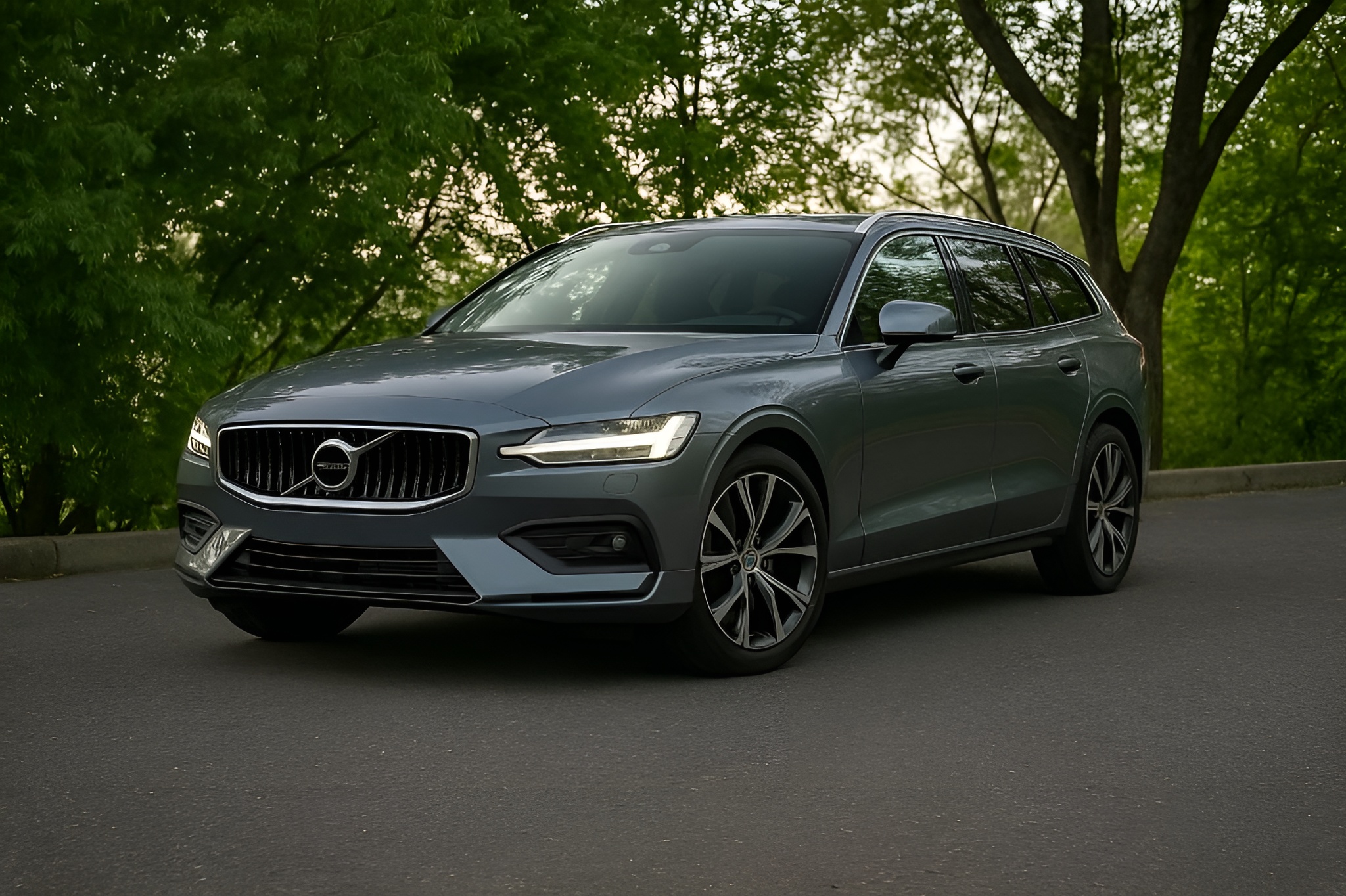
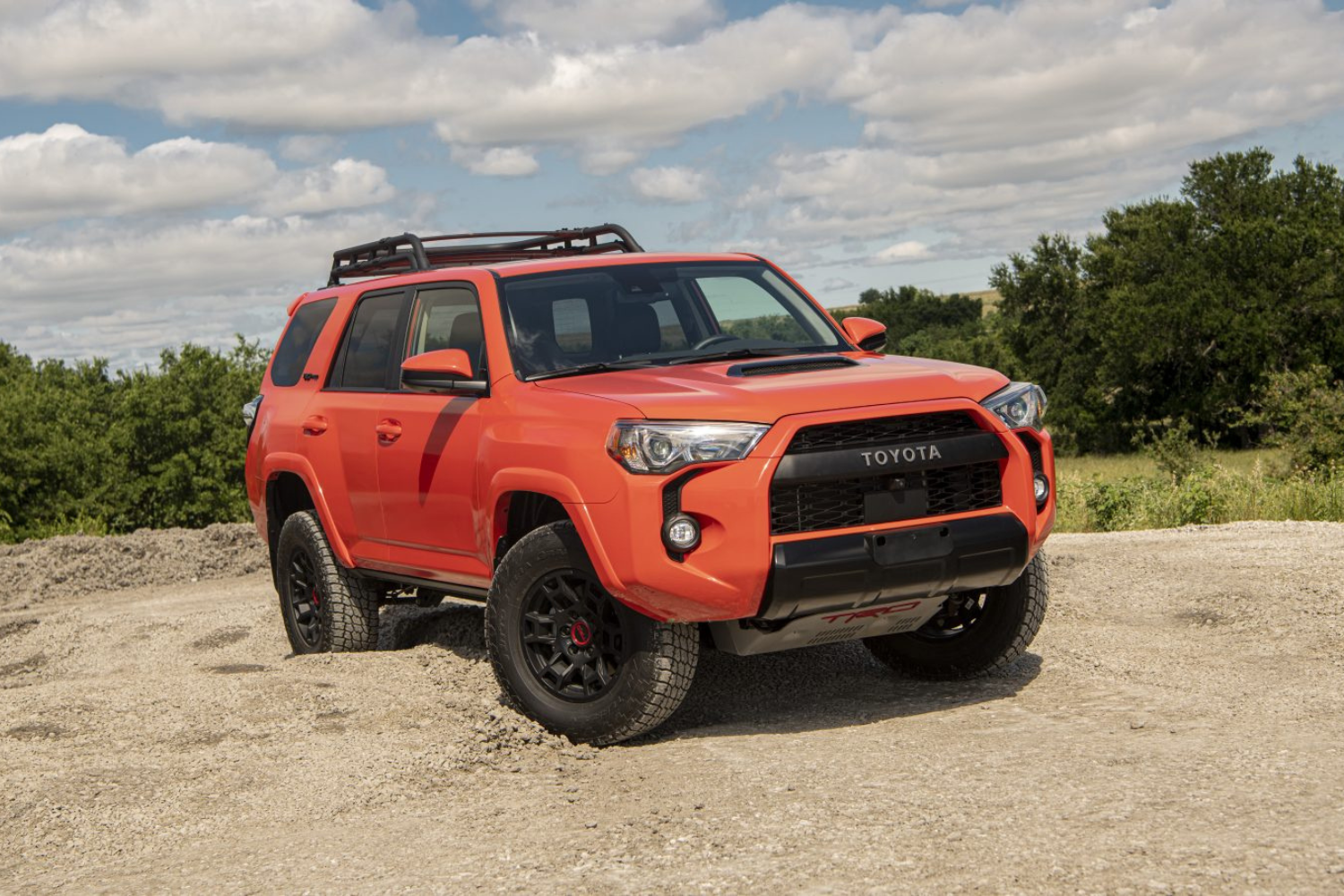
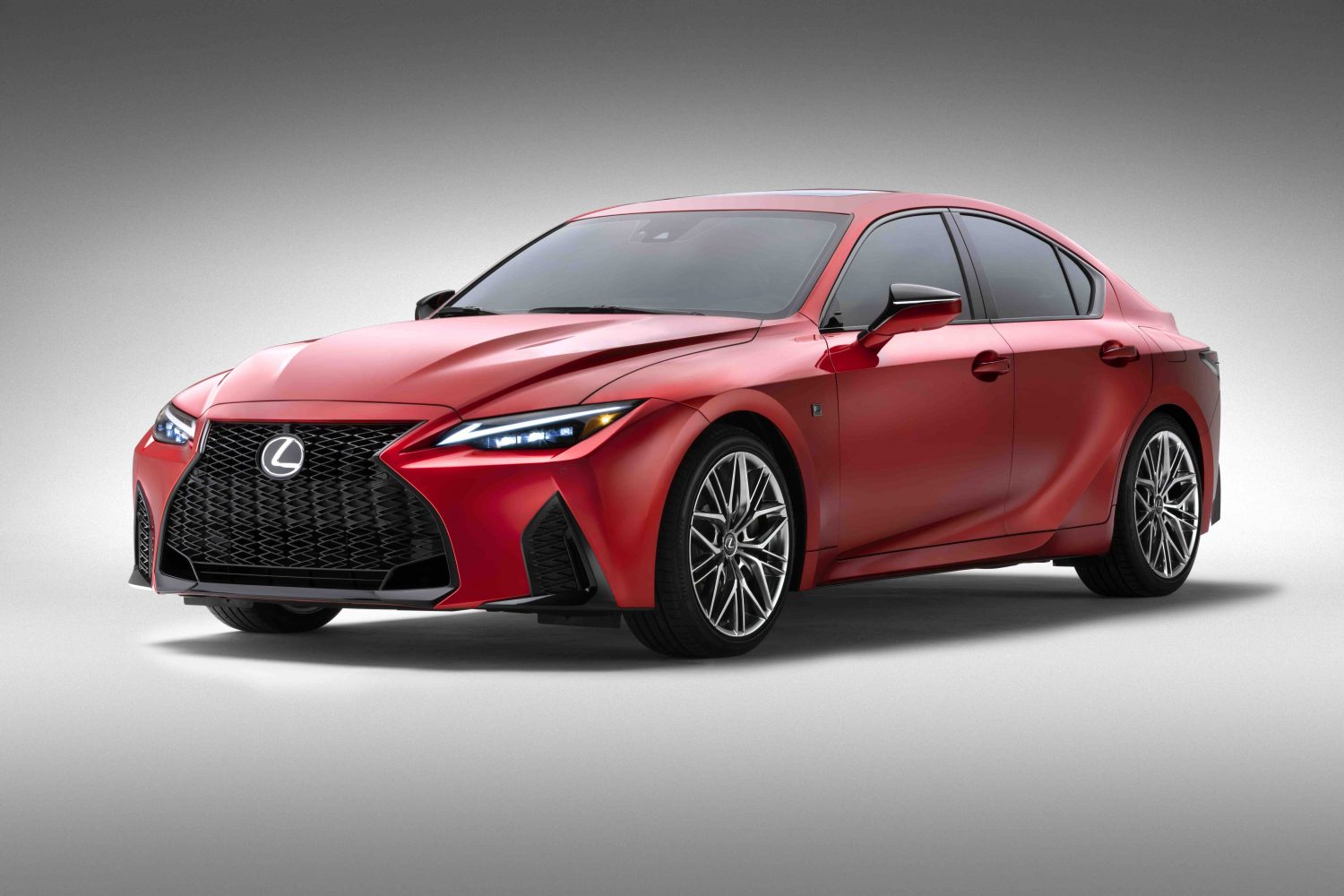
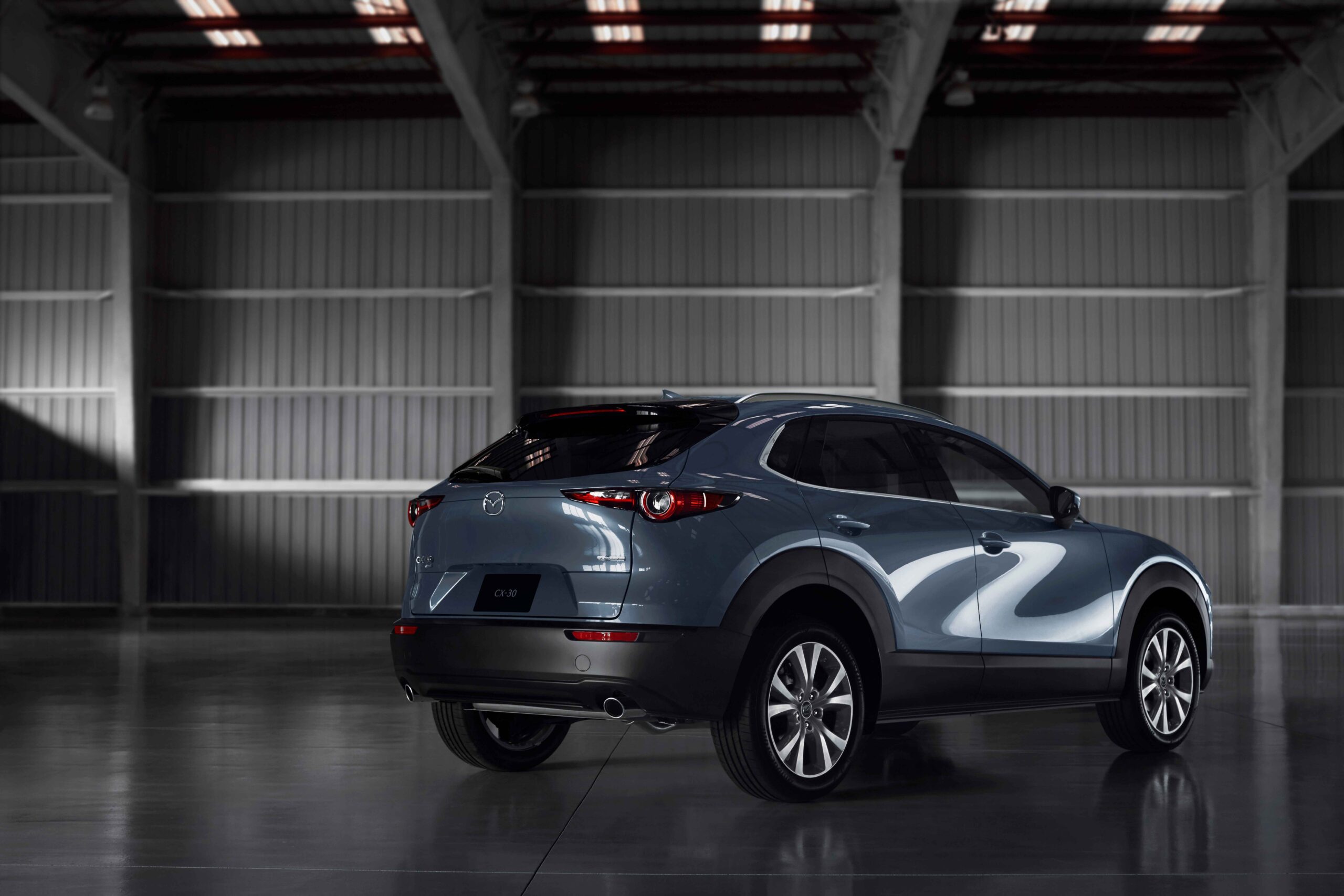
This Post Has One Comment
Pingback: 2023 Lexus RZ 450e Review: Luxury EV Tested